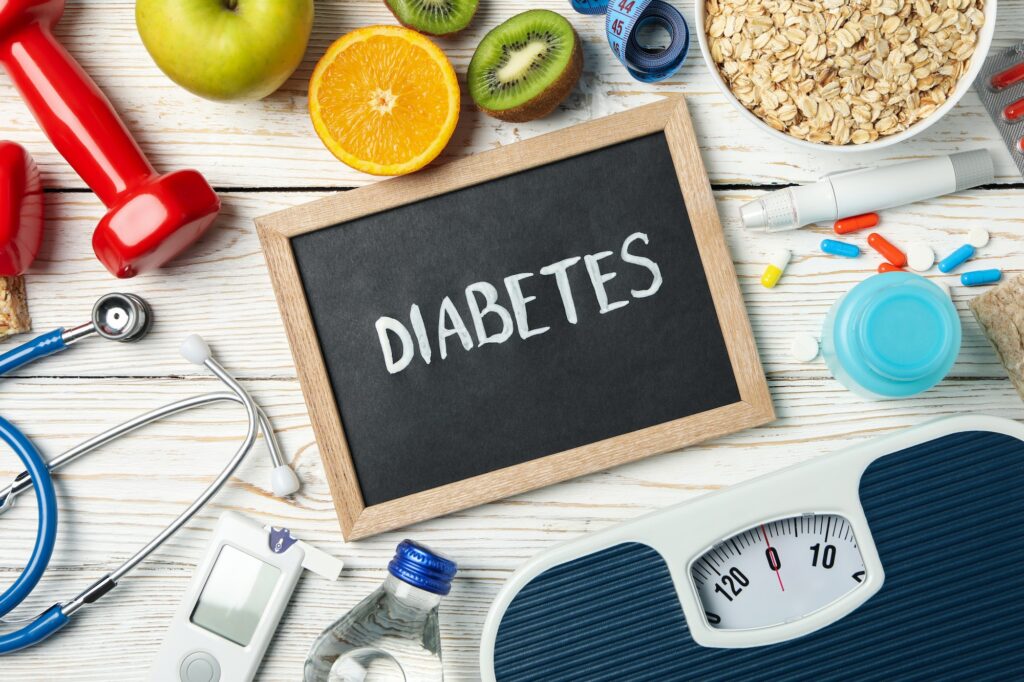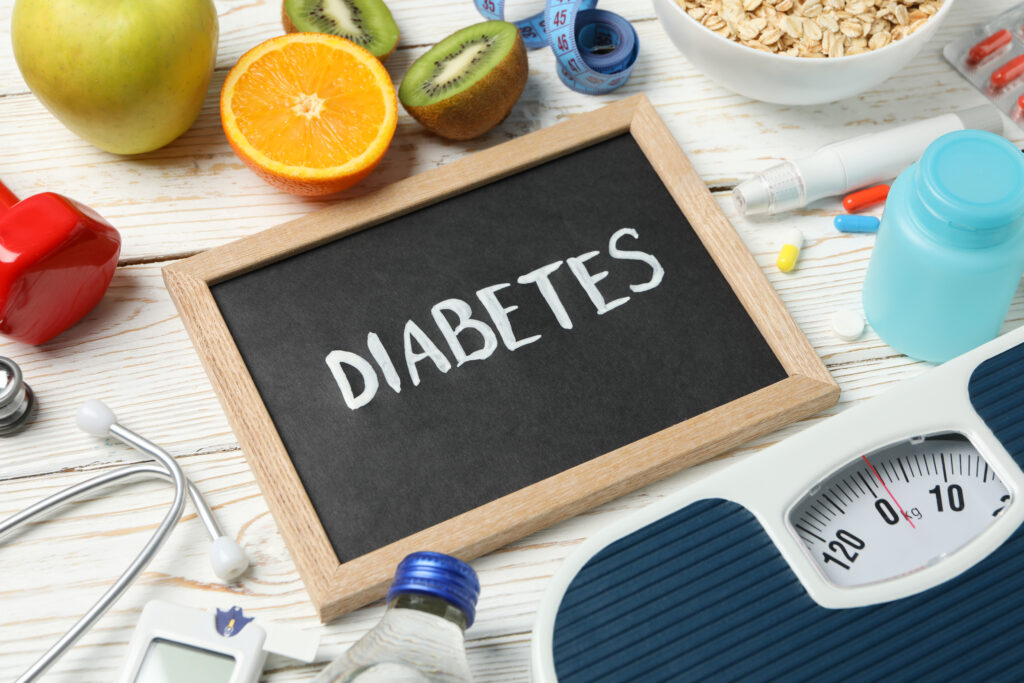Introduction
Blood sugar control lies at the heart of effective diabetes management. By understanding key concepts like HbA1c, implementing strategies for maintaining target blood sugar levels, and harnessing the power of Continuous Glucose Monitoring (CGM), you can take charge of your diabetes journey and experience improved well-being. In this blog, we’ll explore these crucial aspects to help you achieve optimal blood sugar control.
Understanding HbA1c and Its Significance
HbA1c, or glycated hemoglobin, is a crucial marker for long-term blood sugar control. It measures the average blood sugar levels over the past two to three months. The HbA1c test reflects how well you’ve managed your diabetes over time. Maintaining a lower HbA1c indicates better control and a reduced risk of complications such as neuropathy, retinopathy, and cardiovascular issues.
Strategies for Achieving and Maintaining Target Blood Sugar Levels
- Balanced Diet: Focus on a balanced diet that includes complex carbohydrates, lean proteins, healthy fats, and plenty of fruits and vegetables. Portion control and carbohydrate counting can help you manage blood sugar spikes.
- Regular Physical Activity: Engaging in regular exercise improves insulin sensitivity and helps regulate blood sugar levels. Aim for a mix of aerobic exercises and strength training.
- Medication Management: Take prescribed medications as directed by your healthcare provider. Insulin and oral medications play a vital role in controlling blood sugar levels.
- Stress Management: High stress levels can affect blood sugar. Incorporate stress-reduction techniques like meditation, deep breathing, and mindfulness into your daily routine.
- Hydration: Drink plenty of water to prevent dehydration, which can impact blood sugar levels.
- Sleep Quality: Aim for adequate, restful sleep, as poor sleep can affect insulin sensitivity.
- Regular Monitoring: Regularly check your blood sugar levels at home as advised by your healthcare team. Tracking helps you make timely adjustments to your management plan.
Continuous Glucose Monitoring (CGM) and Its Benefits
CGM is a cutting-edge technology that provides real-time insights into your blood sugar levels. Here are the benefits of using CGM:
- Real-Time Data: CGM provides continuous data on your blood sugar trends, allowing you to make informed decisions about meals, exercise, and medication.
- Early Detection: CGM alerts you to high and low blood sugar levels, enabling prompt action to prevent severe fluctuations.
- Pattern Recognition: CGM helps identify patterns and triggers that affect your blood sugar levels, leading to more personalized management.
- Reduced HbA1c: Studies have shown that CGM usage can lead to improved blood sugar control and lower HbA1c levels.
Conclusion
Achieving and maintaining optimal blood sugar control is a cornerstone of diabetes management. Understanding the significance of HbA1c, implementing effective strategies, and embracing technologies like CGM can significantly enhance your ability to manage your condition and prevent complications. Remember, diabetes management is a journey, and by staying informed, proactive, and engaged, you’re equipping yourself with the tools to lead a vibrant and healthy life. Consult your healthcare team for personalized guidance tailored to your unique needs.





